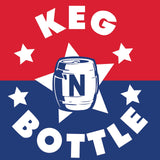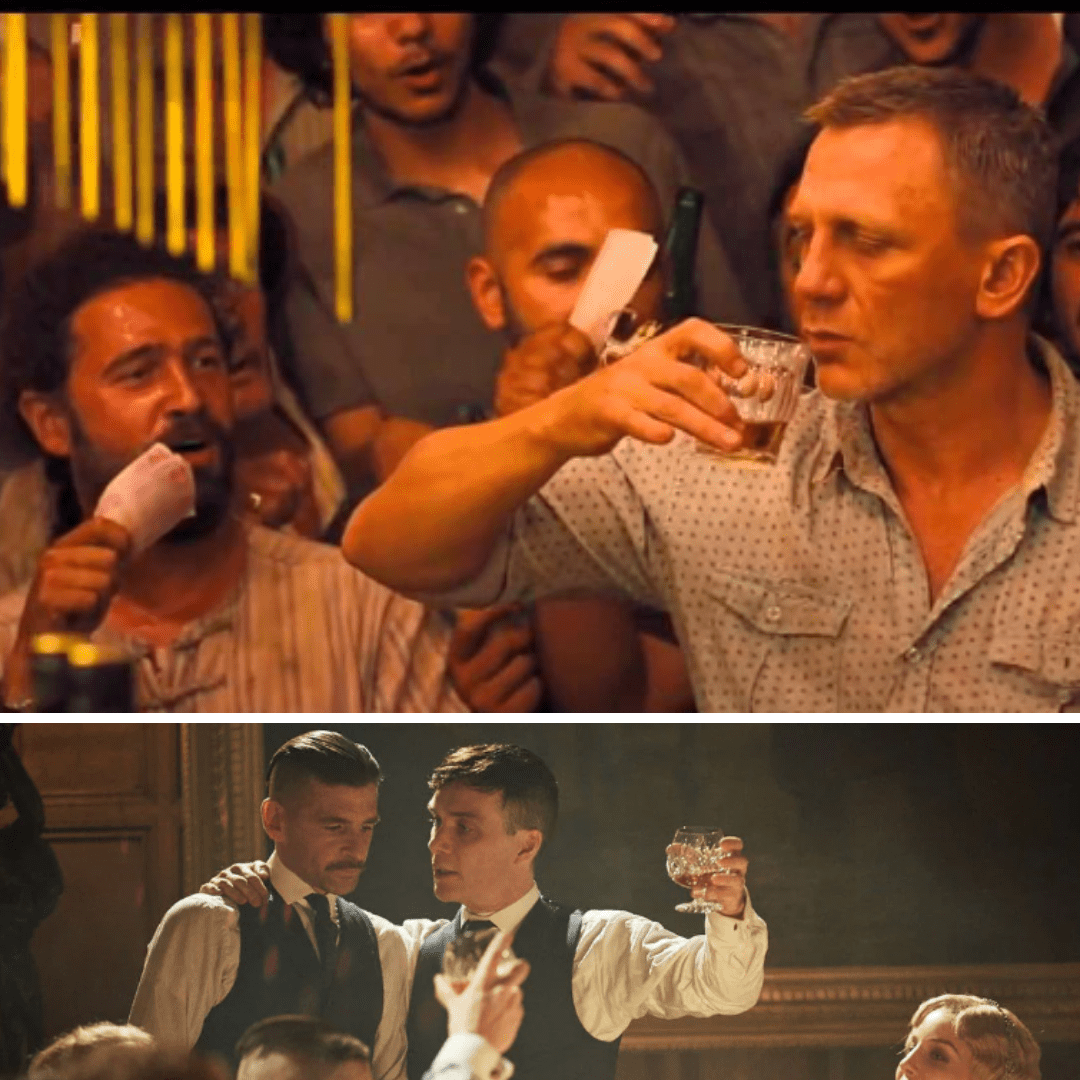Throughout history, spirits have held a prominent place in popular culture, playing pivotal roles in storytelling across various mediums like movies, books, and music. Whether it’s a glass of whiskey shared by a character during a moment of deep reflection or a cocktail that symbolizes celebration and freedom, alcohol often serves as more than just a prop—it becomes a vehicle for exploring deeper human emotions, struggles, and celebrations. Let’s take a closer look at how spirits are portrayed in movies, books, and music and why they continue to captivate audiences.
Spirits in Movies: The Iconic Roles of Alcohol on Screen
In cinema, spirits are often used to symbolize deeper themes like power, vice, or redemption. Whether it’s a character drowning their sorrows in whiskey or sipping champagne to toast a victory, alcohol can communicate a wide range of emotions and states of mind.
Whiskey and Grit: Some of the most iconic scenes in film history feature characters sipping whiskey in dark, smoky bars. Films like "The Godfather" and "Mad Men" use whiskey as a symbol of masculinity, power, and control. These characters often sip their spirits in moments of stress or contemplation, giving whiskey an aura of strength and resilience.
Cocktails and Class: On the other hand, cocktails like martinis and champagne often reflect luxury and sophistication in movies. James Bond’s famous “shaken, not stirred” Martini is one of the most enduring images of class and refinement, representing Bond’s suave demeanor and calculated style. In films like *The Great Gatsby*, champagne is a central part of lavish parties, symbolizing wealth, excess, and celebration.
Spirits in Literature: More Than Just a Drink
In the world of books, spirits often appear as symbols of character development, emotion, or even plot progression. Alcohol in literature can serve to deepen the narrative or expose hidden truths about characters.
Whiskey and Self-Discovery: Whiskey frequently appears in literature as a companion to introspective moments or major character shifts. In classic novels like "The Sun Also Rises" by Ernest Hemingway, whiskey becomes an ever-present companion to characters struggling with identity, love, and purpose. It allows readers to gain insight into their emotional states, as they use the spirit to either cope with their realities or escape from them.
Alcohol and Social Commentary: In F. Scott Fitzgerald’s *The Great Gatsby*, the consumption of alcohol is not just a reflection of the characters' indulgence but also a commentary on the excesses of the Jazz Age. The parties at Gatsby's mansion, where the champagne flows freely, symbolize the recklessness of the Roaring Twenties and foreshadow the inevitable collapse of that era.
The Use of Alcohol as Conflict: Alcohol is also often used in literature to create conflict or drive home an emotional point. In modern novels like *The Shining* by Stephen King, alcohol is central to Jack Torrance’s unraveling, serving as a catalyst for his descent into madness. The power of alcohol as both a character-defining tool and a plot device makes it a vital element in many stories.
Spirits in Music: Lyrics that Toast to Life, Love, and Heartache
Music has long been a medium for celebrating, lamenting, or reflecting on the role of spirits in life. Across genres, from country to jazz to hip-hop, alcohol often takes center stage as a symbol of joy, sorrow, or rebellion.
Country Music and Whiskey: In country music, whiskey is a symbol of heartbreak, rebellion, and resilience. Songs like “Whiskey Lullaby” by Brad Paisley and “Tennessee Whiskey” by Chris Stapleton romanticize the relationship between love, loss, and a bottle of whiskey. These songs often use whiskey as a metaphor for coping with heartbreak or drowning sorrows, portraying it as both comfort and crutch.
Hip-Hop and Celebration: Spirits like champagne and cognac often feature heavily in hip-hop and rap music, symbolizing success, wealth, and celebration. Artists like Jay-Z have turned champagne brands like Ace of Spades into symbols of status and achievement. For many hip-hop artists, spirits are not just drinks but statements of affluence and high living.
Jazz and Cocktails: Jazz, too, has long embraced spirits, with cocktails like the martini or the Manhattan often serving as the soundtrack to the genre’s smoky lounges and late-night performances. Songs like *One for My Baby* by Frank Sinatra paint a picture of solitude at the bar, where a drink becomes a companion to reflection and melancholy.
Why Spirits Resonate in Popular Culture
So why do spirits continue to have such a strong presence in popular culture? The answer lies in their symbolism. Spirits are universal—they can represent everything from celebration to despair, sophistication to recklessness. Whether it’s in movies, books, or music, spirits help tell stories that are deeply human, connecting us to the emotions and experiences of the characters we love (or love to hate).
For many, spirits act as metaphors for life’s highs and lows. They accompany characters in their moments of triumph, sorrow, and introspection, making them essential symbols of human experience. The portrayal of spirits in popular culture allows audiences to explore complex themes while adding a layer of realism to the stories being told.
Conclusion: Spirits as Storytelling Tools
Spirits are not just props or casual mentions in movies, books, or songs. They are carefully chosen symbols, helping to set the tone or deepen the meaning of a scene, chapter, or lyric. From whiskey in the hands of a cowboy to champagne at a Gatsby party, alcohol continues to play a vital role in popular culture, reflecting the complexity of life itself.

